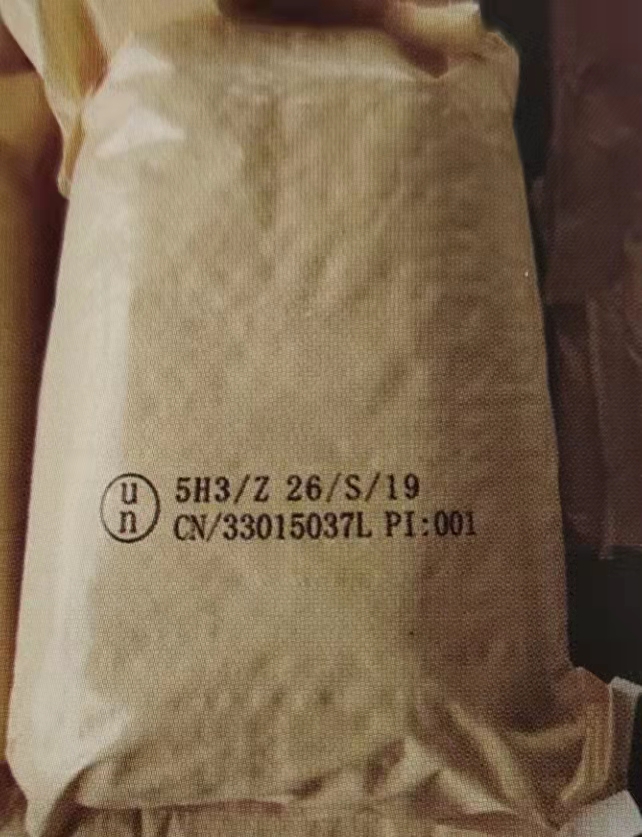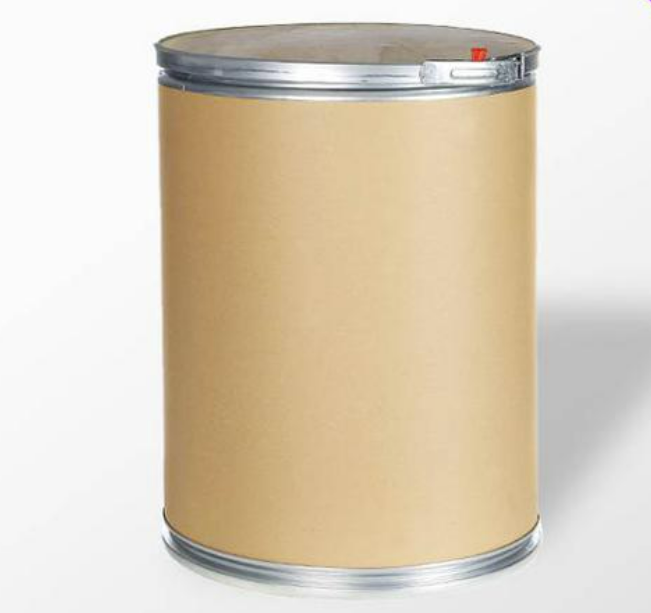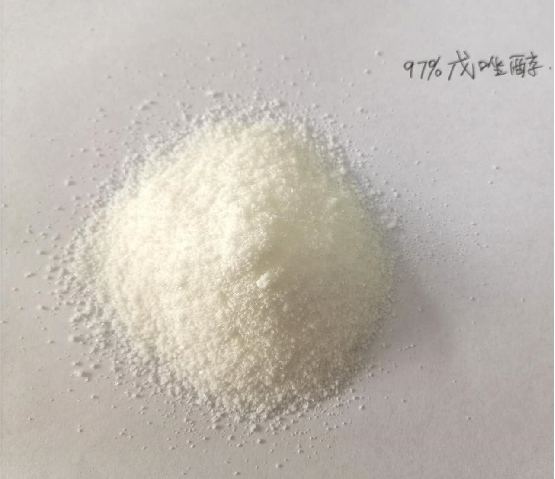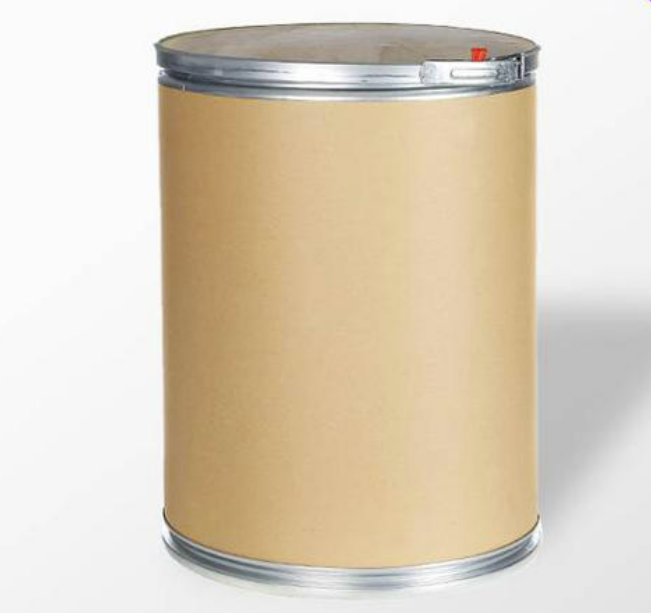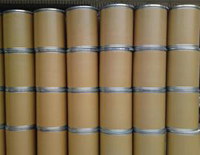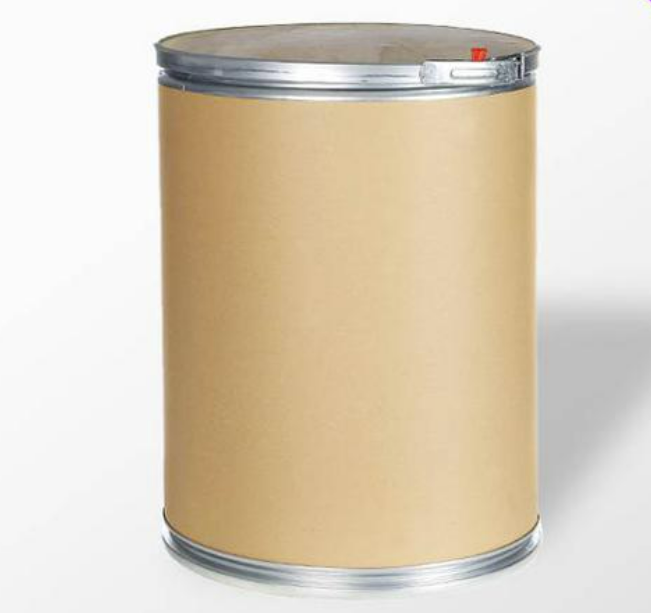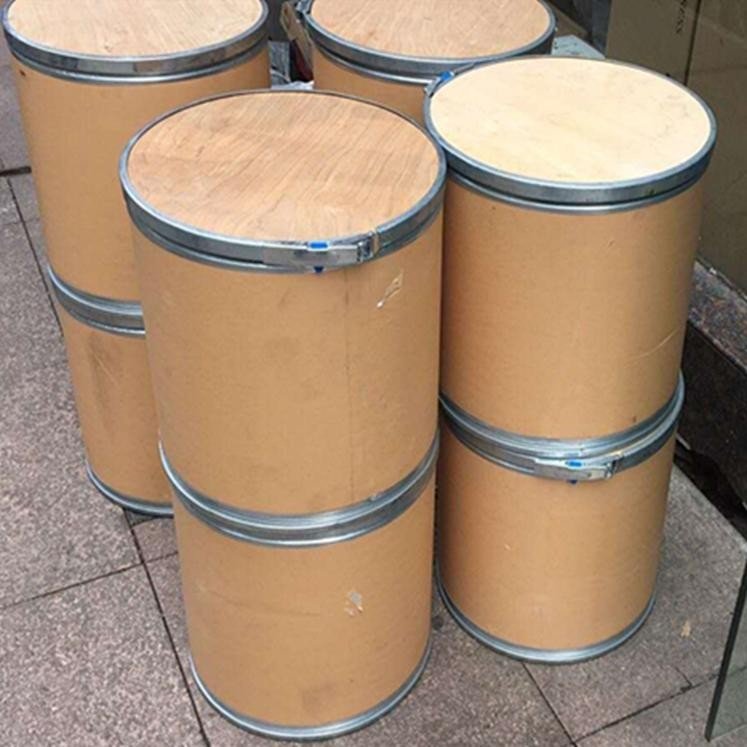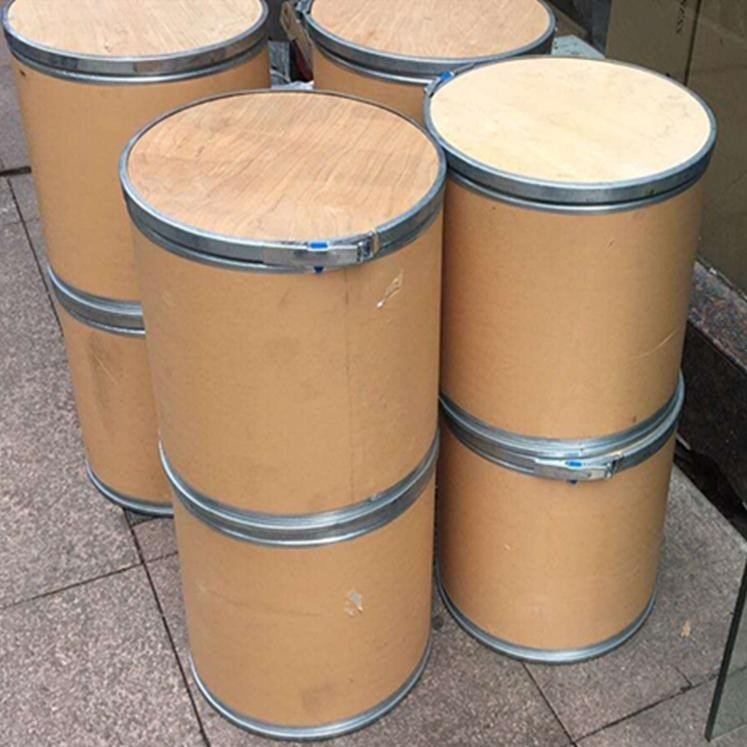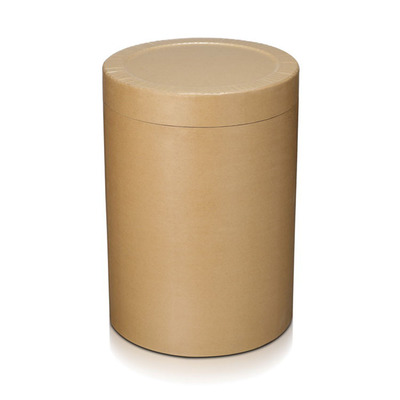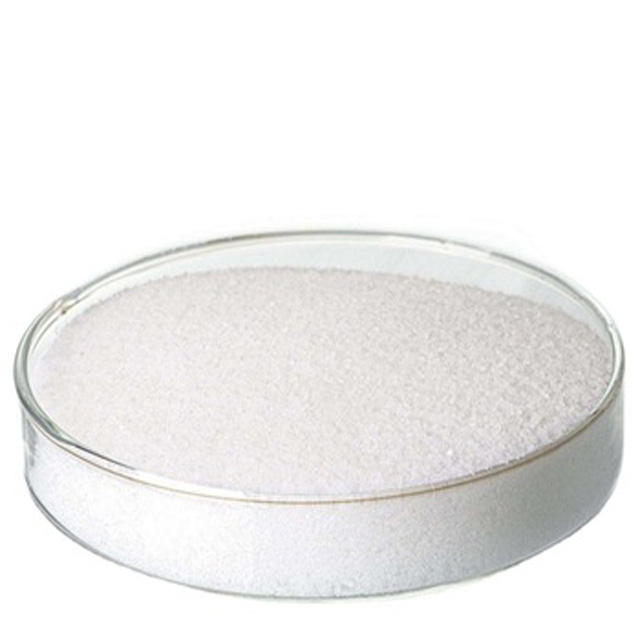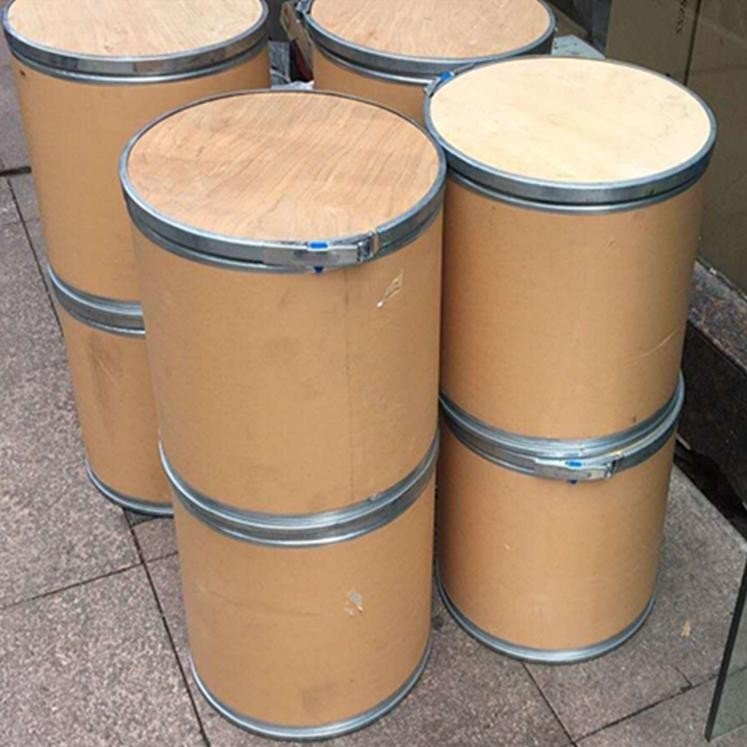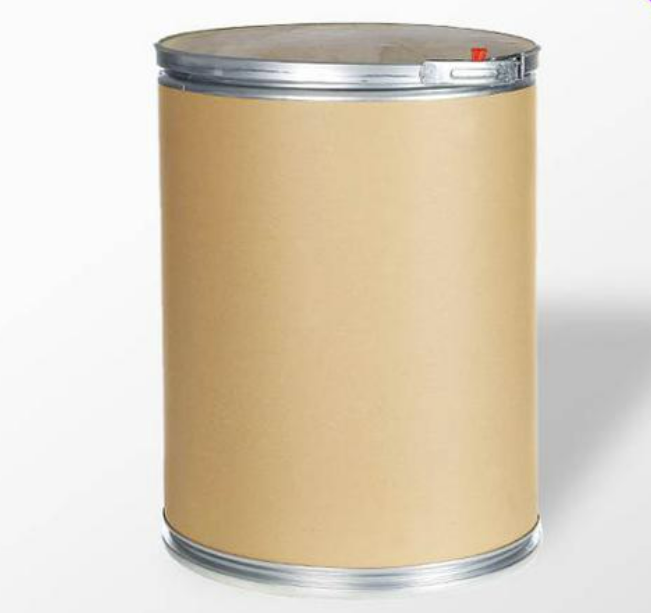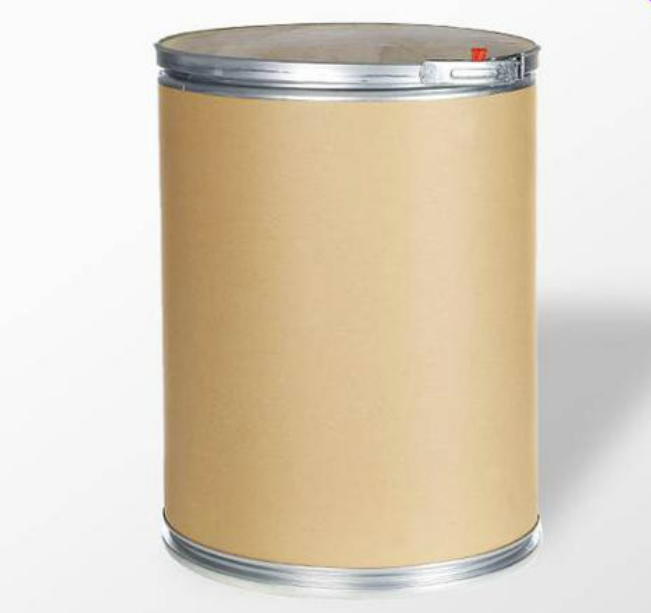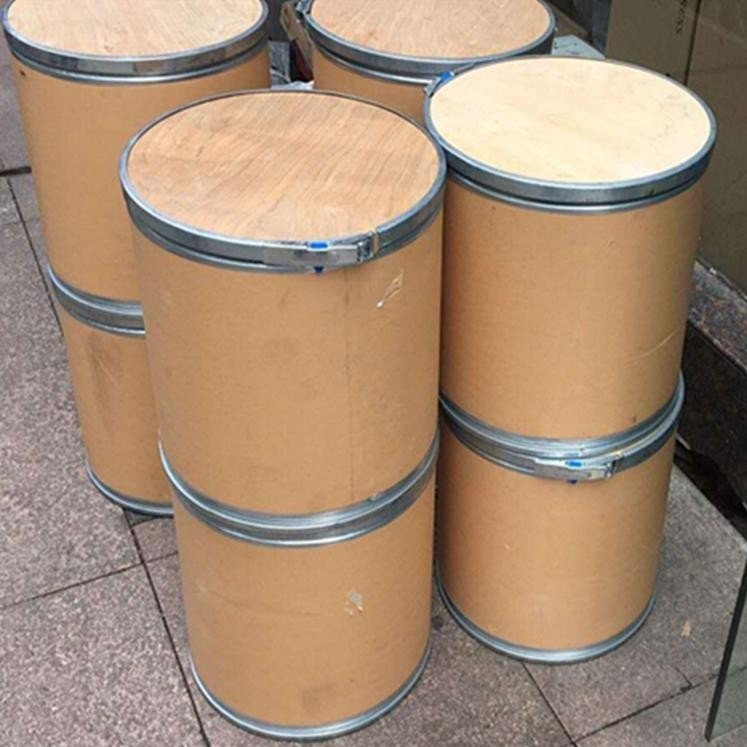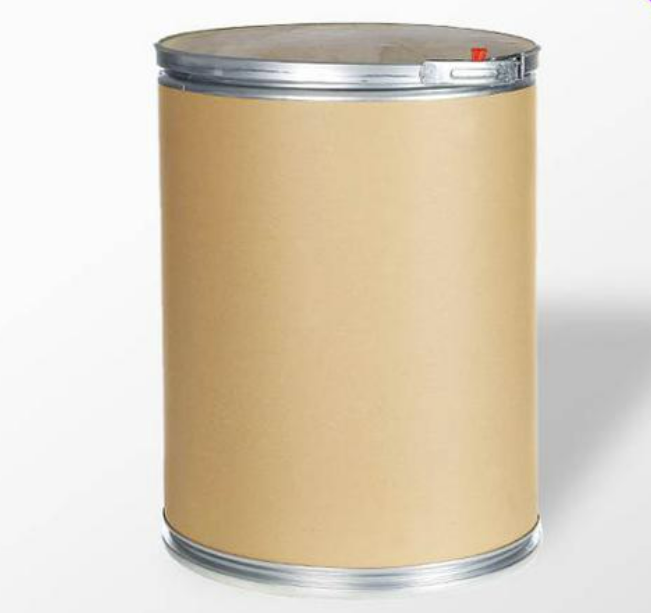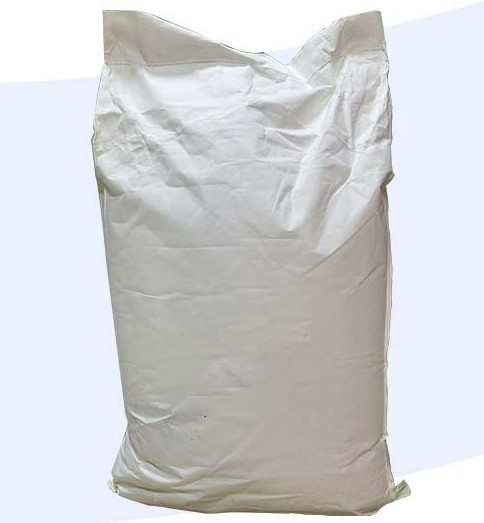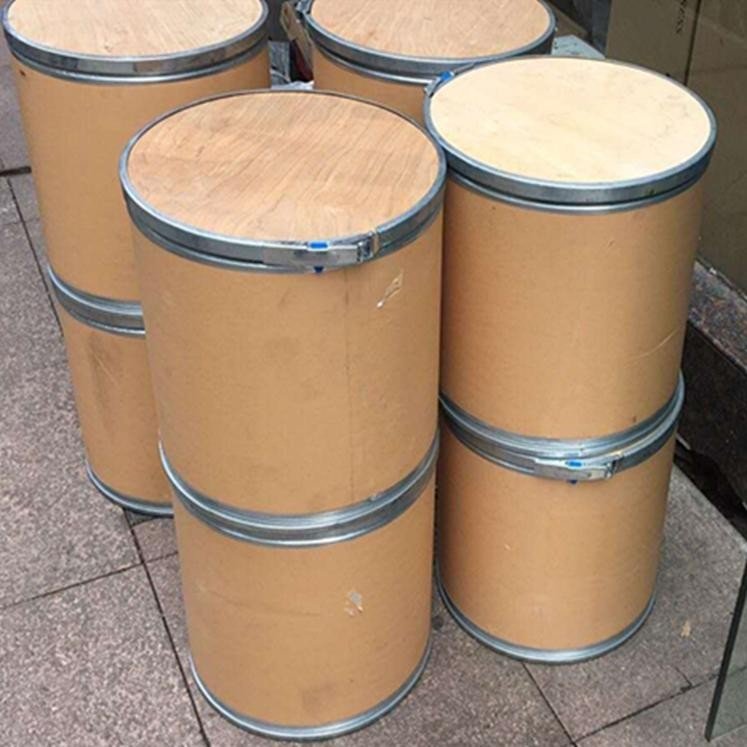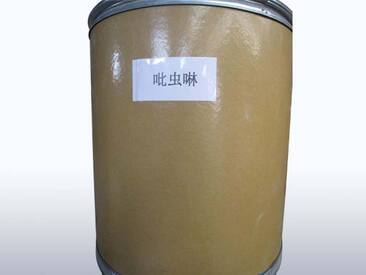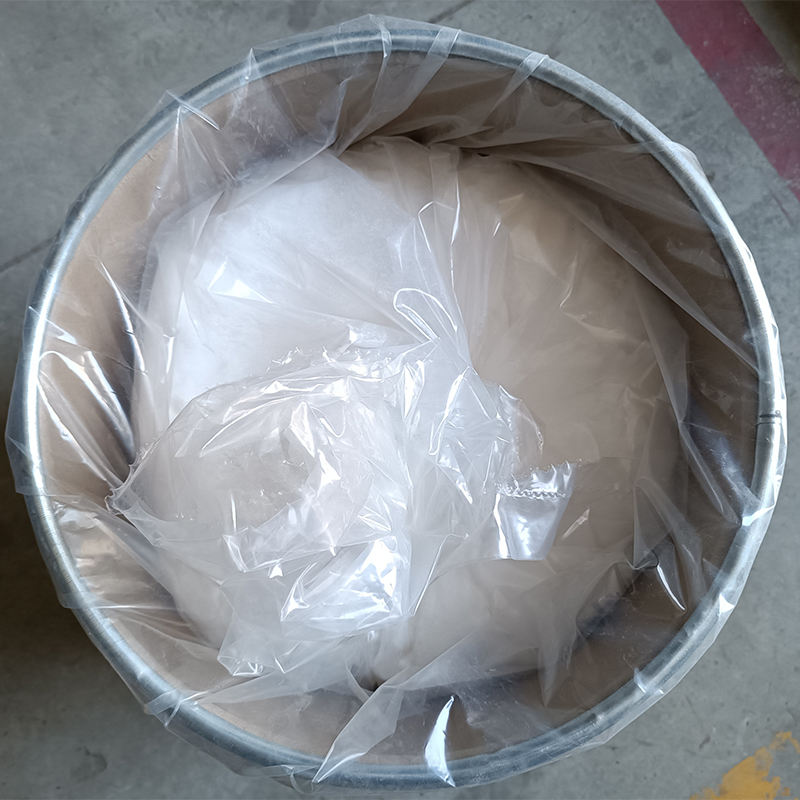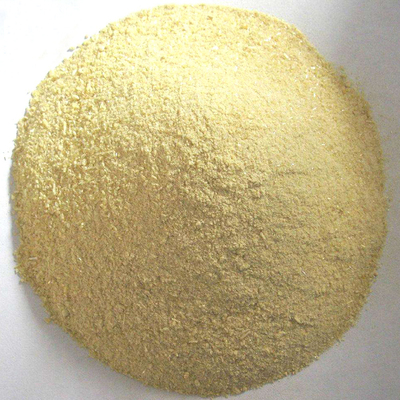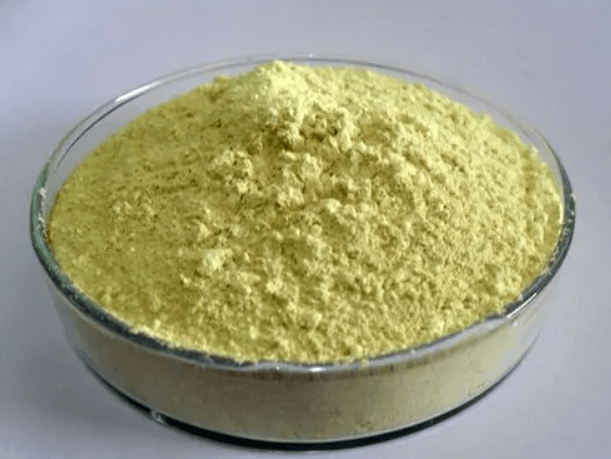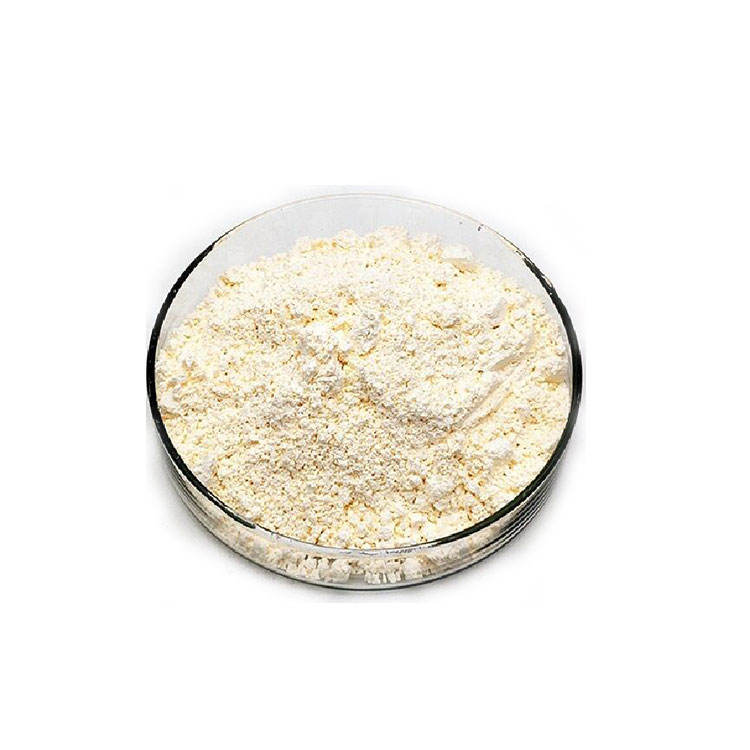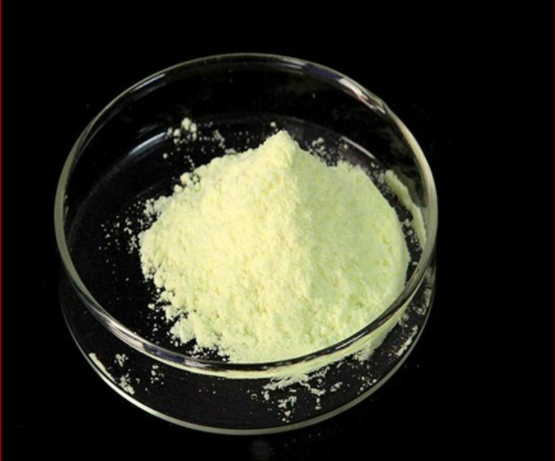Agrochemicals
Find
218
related chemicals for you
CAS:107534-96-3
Molecular Formula:C16H22ClN3O
Alias
More Information
Fenetrazole; Ethyltrianol; 1-(4-Chlorophenyl)-4,4-Dimethyl-3-(1,2,4-Triazol-1-Ylmethyl)Pentan-3-Ol; (Rs)-1-(4-Chlorophenyl)-4,4-Dimethyl-3-(1H-1,2,4-Triazol-1-Ylmethyl)Pentan-3-Ol
Brief Introduction
Tebuconazole is a triazole fungicide. It is a high-efficiency fungicide used for seed treatment or leaf spraying of important economic crops. It can also conduct to the top of the object and kill the bacteria in the object. Its bactericidal mechanism is mainly to inhibit the biosynthesis of ergosterol of pathogenic bacteria, and can prevent and control diseases caused by powdery mildew, stem rust, coracospora, nuclear cavity bacteria and chaetospora. At present, it is used as seed treatment agent and foliar spray all over the world. It has broad spectrum of bactericidal activity, high activity and long duration. It is mainly used to control a variety of fungal diseases on wheat, rice, peanuts, vegetables, bananas, apples, pears, corn sorghum and other crops.
Suppliers
View More Vendors (5) >
CAS:120068-37-3
Molecular Formula:C12H4Cl2F6N4OS
Alias
More Information
5-Amino-1-[2,6-Dichloro-4-(Trifluoromethyl)Phenyl]-4-(Trifluoromethylsulfinyl)Pyrazole-3-Carbonitrile; Fipronil, Pestanal(R), Analytical Standard; Carbonitrile; Termidor; Fluocyanobenpyrazole; Prince; Regent; Goliath Gel
Brief Introduction
Fipronil is the first benzopyrazole used for pest control. Since its discovery in 1987, it has been widely used in many fields such as agriculture and veterinary medicine, and has become an important insecticide variety. Non prednisolone, trade name regent, is a new type of benzopyrazole insecticide. Compared with traditional insecticides (organophosphorus, pyrethroid and carbamate), it has the advantages of broad spectrum and high efficiency. It has been widely used in many agricultural fields and is a common insecticide for pest control. Fipronil is mainly produced by blocking γ- Aminobutyric acid receptor controlled Cl - channel induces Cl - flow, which causes the nervous system to be extremely excited and leads to the death of insects, so as to achieve the control effect on a variety of economic pests.
Suppliers
View More Vendors (5) >
CAS:122008-85-9
Molecular Formula:C20H20FNO4
Alias
More Information
Cyhalofop Butyl Ester; Butyl (2R)-2-[4-(4-Cyano-2-Fluorophenoxy)Phenoxy]Propanoate; Cyhalofop Butyl; Cyhalofop-Butyl; XDE 537;
Brief Introduction
Cyhalofop-butyl is an oxyphenoxypropionic acid type herbicide. It is mainly used in rice seedling field, direct seeding field and transplanting field to control most malignant gramineous weeds such as barnyardgrass, Qianjin and niujin grass, and can effectively control weeds resistant to dichloroquinolinic acid, sulfonylurea and amide herbicides. It has the characteristics of high efficiency, low toxicity and low residue.
Suppliers
View More Vendors (5) >
CAS:138261-41-3
Molecular Formula:C9H10ClN5O2
Alias
More Information
1-((6-Chloropyridin-3-Yl)Methyl)-3-Nitroimidazolidin-2-Imine; Bay-Ntn33893; Imidacloprid; Confidor200Sl; Confidorsl; Merit(Insecticide); Provado; (2E)-1-[(6-Chloro-3-Pyridinyl)Methyl]-N-Nitro-2-Imidazolidinimine; Couraze; Grubex
Brief Introduction
Imidacloprid is a kind of high-efficiency and broad-spectrum insecticide, which has stomach toxicity and contact effect. It has a long duration of efficacy and has a good control effect on piercing sucking mouthparts pests. The drug is a new structure compound. Its action point in insects is nicotinic acetylcholinesterase receptor, which interferes with the motor nervous system of insect pests. The mechanism of action is completely different from that of traditional insecticides, so there is no cross resistance. It is mainly used to control the piercin
Suppliers
View More Vendors (5) >
CAS:81-84-5
Molecular Formula:C12H6O3
Alias
More Information
1,8-Naphthalene Dicarboxylic Anhydride; 1,8-Dinaphthoic Anhydride; Naphthalene-1,8-Dicarboxylic Acid Anhydride; 1H,3H-Naphtho [1,8-Cd]Pyran-1,3-Dione; Naphthalene-1,8-Dicarboxylic Anhydride; 1,8-Naphthalenedicarboxylic Acid Anhydride; 1,8-Naphthalic Anhyd
Brief Introduction
1,8-Naphthalic anhydride precipitates acicular crystals in ethanol and rhombic crystals in acetic acid, insoluble in water, ether and benzene, slightly soluble in hot ethanol and soluble in hot acetic acid. This product is mainly used as the intermediate of dye, pesticide, medicine and polyester resin. It is an important raw material for the synthesis of perylene dyes, pigments and fluorescent whitening agents.
Suppliers
View More Vendors (4) >
Inquiry (
10
/ 10
)
Clear All
You can inquire for up to 10 products at a time
Sign In
Error!

